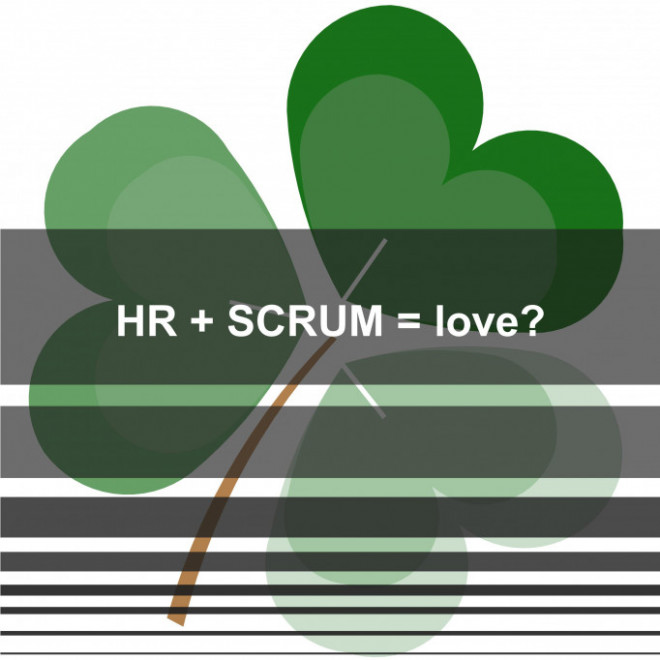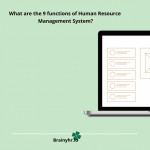Information technology sets the tone for innovation, including management-related innovation. And now, representatives from different areas of the business and management levels are interested to begin to look towards agile approaches, and not only for the development of IT products. HR specialists also drew attention to this topic.
Flexible management methodologies or agile are based on 4 principles:
-
people and interaction are more important than processes and tools;
-
a working product is more important than comprehensive documentation;
-
cooperation with the customer is more important than the agreement of the contract;
-
readiness for change is more important than following the original plan.
The presence of people, as one of the main values of the methodology, increases the role of HR in deciding on the transition of the company to flexible management methods and accompanying the process of change. Within the general concept of agile, there are several techniques or frameworks, one of which is SCRUM.
Methodology is designed for effective project management in conditions of high uncertainty with a guarantee of providing a working product to the customer. There are a lot of materials about the theory and components of scrum-methodology that can be found. It is more interesting to look at the methodology on the part of HR: how it can be useful and convenient, what mistakes and difficulties you may encounter when implementing the tools of this technique in practice.
Why HR will love SCRUM
SCRUM - about creating a team literally from nothing. Guided by the methodology and having a task that needs to be solved, within 2-3 weeks of working together you will begin to feel the team spirit and dynamics of work. If this does not happen, then in a short time it will become clear which of the participants does not fit into the team.
SCRUM is about communications, even for those whose communications are not a strong point. Simple framework rules allow you to systematically exchange the necessary information and encourage team members to openly express an opinion. At the same time, communication is clearly regulated and spent sparingly. Such an approach eventually captivates even the avid silent men and haters of the meetings.
SCRUM is a balanced combination of process and result in work. The rules are designed so that they can organize the path to achieving a result, while regularly measuring the results and progress.
SCRUM - very visual. The methodology encourages the use of visualization and statistics collection tools. You see where you are, and you can always provide a quick and specific report to a business customer. You will always have scientifically based reasoning on why it is important to do the task in this way. This fosters mutual understanding between HR and business.
SCRUM is a knowledge management option. Knowledge is naturally transferred in a team, and employees are building up related competencies in practice.
SCRUM can be disassembled into parts and individual elements can be used. And there will be a result. It will be less than if you use the methodology in full, but, on the other hand, it is easier to implement SCRUM elements in real practice than all at once.
The SCRUM team needs a SCRUM master, a facilitator, who helps the team with observance of rituals and the development of team interaction - this role is very promising and interesting for HR.
But not so simple.
Difficulties and mistakes
SCRUM is best suited for cross-functional teams. Specialists who solve related tasks may find themselves in it closely. In this case, it is better to use other collaboration techniques.
For successful work, the team must have the necessary competencies to solve the final task, but the main thing for the team must be the owner of the product - the one who expertly communicates with the customer on the problem setting.
In addition to communication skills, the product owner must be an expert in the content of the project. If the project is complex, then this role can be performed by several employees. The role of the product owner is key, as WHAT to do for the team. SCRUM-master only helps the team to organize optimally HOW to do.
SCRUM has no hierarchy in the command. Not all executives will agree with this, and not in all corporate cultures, a rejection of the hierarchy in relationships and processes is possible.
Switching to SCRUM is slow. Do not expect fast revolutionary changes. You will feel the changes almost immediately, but they will not be dramatic. The transition to SCRUM actually requires a change in the thinking of each team member regarding collaboration and information sharing.
Team resources must be stable. The team evolves the faster the more stable it is. For many companies, this approach to resource management is revolutionary and one may encounter difficulties when weaning management from playing chess by employees.
There are definitely many difficulties and limitations on the way to the decision to implement SCRUM when managing projects in a company. But the great property of the framework is that it is based on the principle of gradual improvement: we fix the result, accept errors and eliminate them so that the next time it works better - there is no place for unhealthy perfectionism or senseless self-flagellation about failures. Such an approach teaches you to try and act bold and initiative. And suddenly, somehow imperceptibly, HR may be in the team of dreams.


 Posted on Jun 11, 2020 by Anna
Posted on Jun 11, 2020 by Anna


